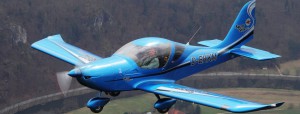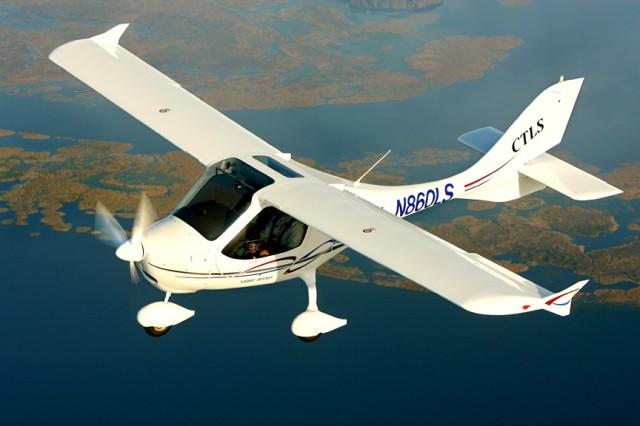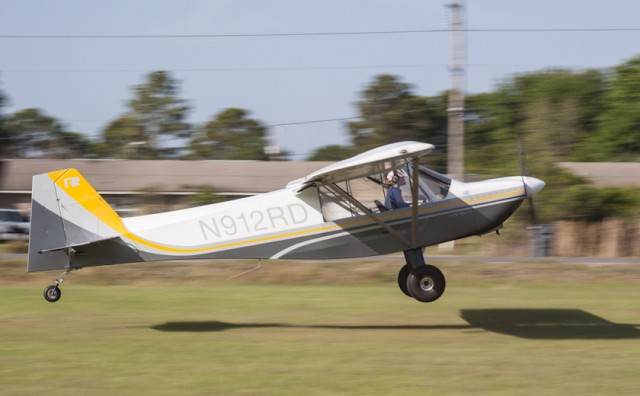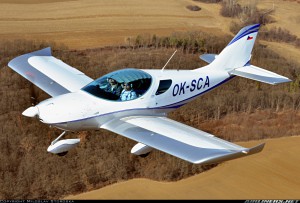* REVISED June 21: Missing text at end replaced. *
Some big news developing recently regarding the European Aviation Safety Agency’s (EASA) certification of the first three light sport aircraft in its new category designed to legitimize ASTM-certified LSA.
The new category is called EASA CS-LSA. We’ve talked about it before, see below, but this is a significant step forward and here are some of the highlights.


The three planes are names we’re all familiar with: the Flight Design CTLS-ELA, Czech Sport Aircraft PS-28 Cruiser (which is known here as the Sportruiser and was, for a year, the Piper Sport), and Evektor’s SportStar RTC (stands for Restricted Type Certificate). The Cruiser was the first to be awarded the cert, with the CTLS-ELA coming right after. Both were heralded at the recent Aero convention in Europe, while the SportStar was announced a few days ago.
As in the U.S., aircraft certified in the European LSA category must have a max of two seats and 1,320 lbs. all-up weight.
The newly adopted EASA category accepts the ASTM standard but adds a few wrinkles, (translation: higher certification costs for makers) including requirements for greater scrutiny over design, production and requirement of a type certificate, (technically EASA calls these DOA, POA and TC). Simply put, they make for a Part 23-style addition beyond the ASTM spec, which boils down to higher prices for manufacturers, which will be passed on to buyers of course.
Still, as I’ve noted in previous blogs, it does mean American producers, should they wish to jump through the additional EASA hoops, will now be able to sell SLSA in Europe, something that was not allowed before.
Another benefit to both manufacturers and customers: under the EASA CS-LSA category, the RTC (Restricted Type Certificate) will allow broader use of light sport aircraft, including charter and other commercial enterprises, along with flight training of course. For companies, dealers and flight schools seeking ways to maximize the earning potential of LSA purchases, that’s a real step up.
In a side note, recently Cessna put a halt to European sales, saying the European LSA rules are too costly. Cessna has several hundred Skycatchers still slated for delivery worldwide, and the Wichita aviation giant has been climbing the registered aircraft charts the last year as it has dramatically ramped up production and shipping of the aircraft it announced many years ago but which was delayed for some time by design problems that required reworking and testing.
Cessna says it may get back to selling in Europe if it can crunch the financial/regulatory constellation favorably. The Skycatcher got a big bump in price several months back. It’s now listed at $149,000.
Reprising in brief my post of about a year ago:a
EASA’s CS-LSA stands for Certification Specifiction for Light-Sport Aircraft.
American makers have been at a disadvantage in that they couldn’t sell in Europe. By now having an accepted EASA equivalent to the ASTM-certified LSA-category, if (and it’s a big if for smaller manufacturers) they can strap on the additional costs of qualifying for the European market, they’ll be more competitive, since two out of three LSA on the U.S. market come from overseas, which has made it tougher for Yankee birds to find a home with a zip code.

Working against everybody, makers and dealers alike here at home, has been the high Dollar/Euro exchange rate. It’s dropped in recent weeks to $1.25 per â¬1: it was $1.41 last year.
And as I wrote last year here, perhaps the biggest impact of EASA CS-LSA on American companies would be the effective discount to European buyers of American LSA…although that’s been knocked in the head too by EASA’s protracted process of adopting the standard.
Thedifference could be decisive in making a sale, to whit: a $141,000 American LSA would have cost â¬100,000 in Europe a year ago. At the current exchange rate, that same European buyer is now looking at â¬112,136: an increase of more than â¬12,000 for, among other factors, EASA to be able to say it didn’t just follow lock step and adopt the perfectly workable and proven ASTM standard. Institutions, governments et al don’t like to be thought of as copy cats, apparently.
Thus the potential competitive advantage for American manufacturers has been notably reduced.
And meanwhile, back at the U.S. ranch, European-made LSA might very well also drop in price, once distributor inventories are depleted and new orders come in, which would only increase competition on the home front.
What a headache to be in the aviation business, eh?

But the takeaway good news has to be that the worldwide market and regulatory framework is maturing and finding a consensus of sorts. Governments and financiers will always have fun yanking us back and forth, but at least there’s a bit more opportunity for airplanes to be sold everywhere, and that’s good for everybody in the industry, one would hope.




